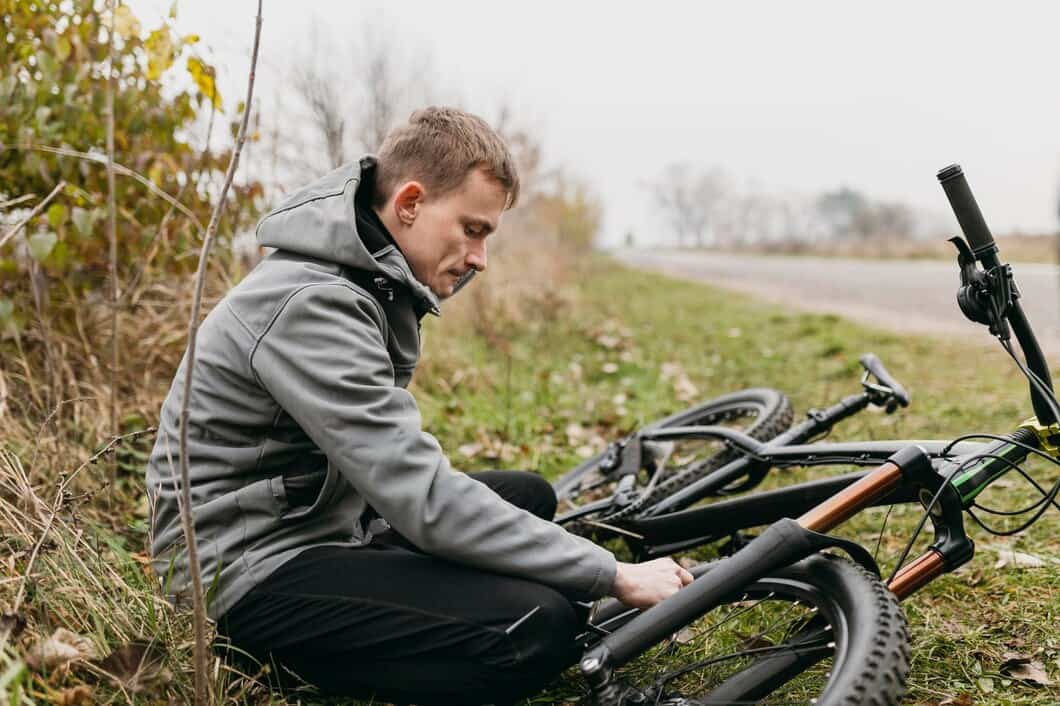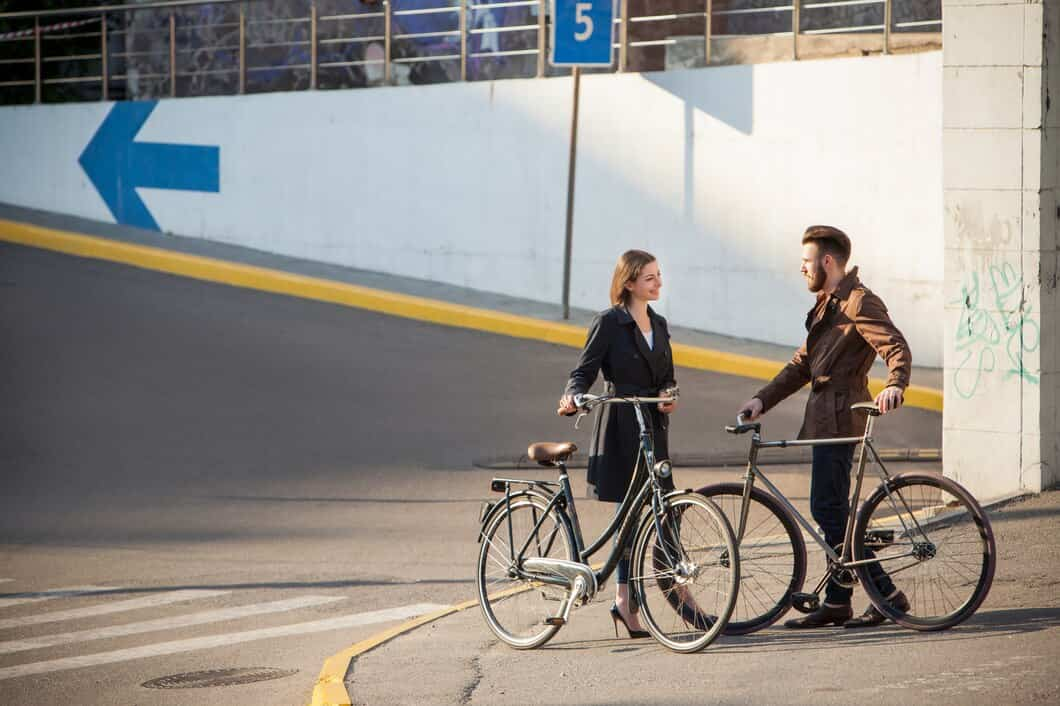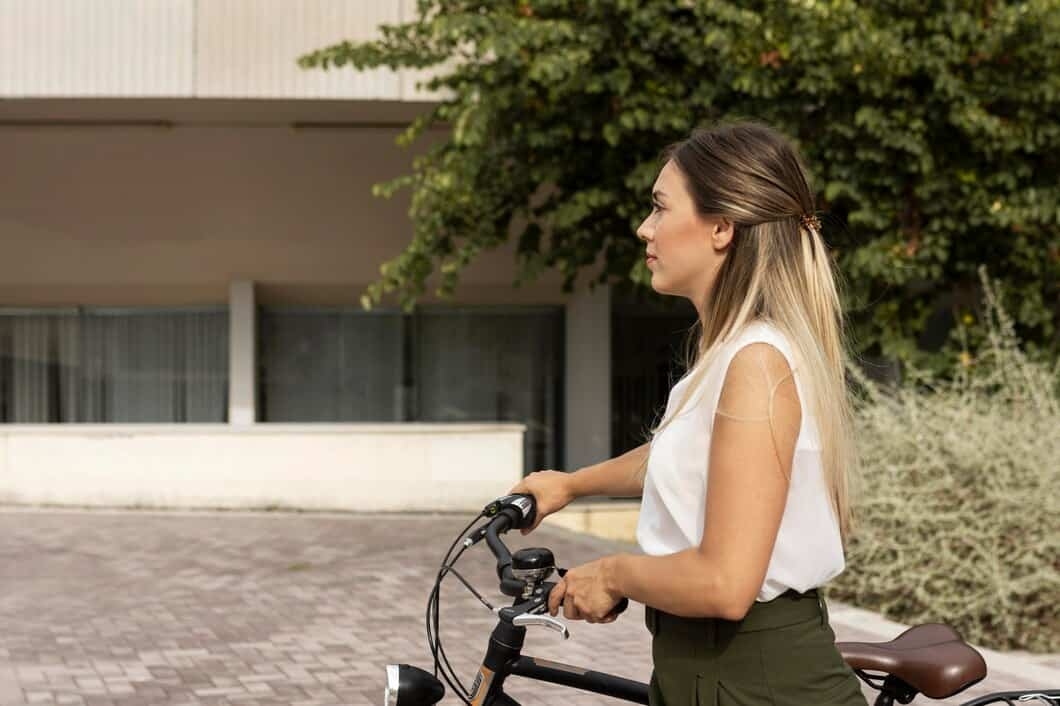Are Electric Bikes Hard To Pedal?
Time: 17 Apr 2024 22:03
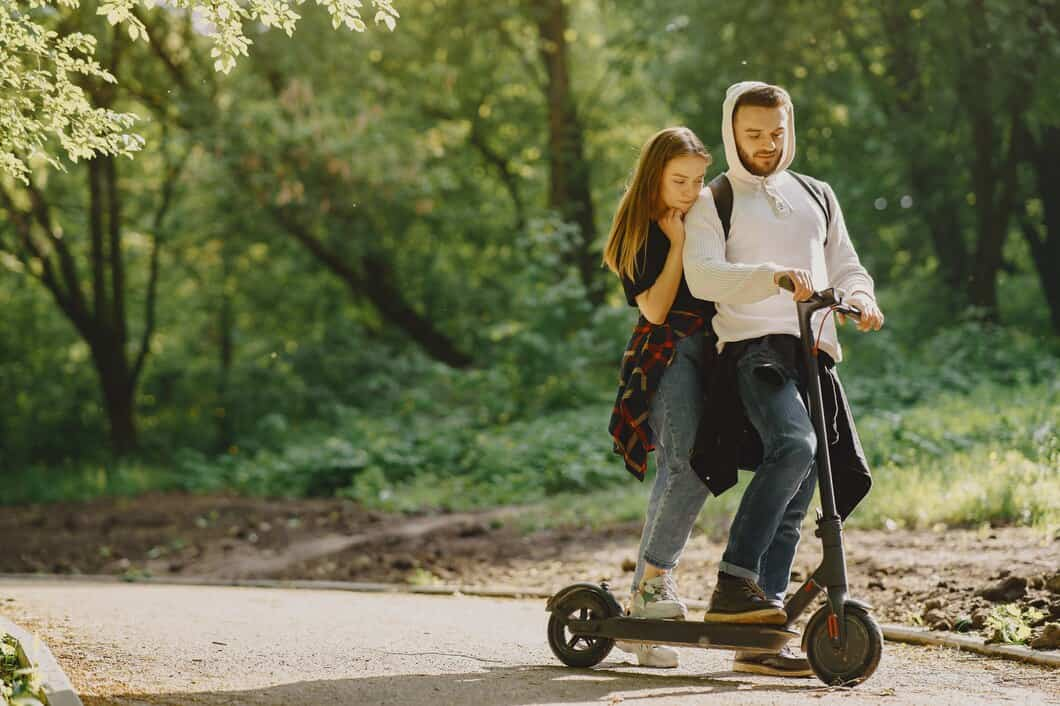
Electric bikes are becoming increasingly popular as a way to get around town or commute to work. One of the biggest concerns that people have about electric bikes is whether or not they are hard to pedal. The answer to this question depends on a number of factors, including the type of electric bike, the rider's fitness level, and the terrain.
In general, electric bikes are not hard to pedal. The electric motor provides assistance, which makes it easier to ride up hills or into headwinds. However, some electric bikes may be harder to pedal than others. For example, bikes with a high-powered motor may provide more assistance, making them easier to pedal. Bikes with a low-powered motor may provide less assistance, making them harder to pedal.
Pedaling Effort
Pedaling effort is a key factor to consider when choosing an electric bike. Some electric bikes require more pedaling effort than others, and this can vary depending on the motor power, terrain, and your own fitness level. If you're looking for an electric bike that's easy to pedal, look for one with a powerful motor and a low gear ratio. This will make it easier to climb hills and ride against the wind.
If you're not sure how much pedaling effort you're comfortable with, it's a good idea to test ride a few different electric bikes before making a decision. This will help you find a bike that's a good fit for your needs and fitness level.
Motor Power
Electric bikes come with different motor powers, which can affect how easy or hard they are to pedal. Generally, higher motor power makes pedaling easier, especially when climbing hills or riding against the wind. But it's important to note that motor power is not the only factor that determines the ease of pedaling. Other factors include the bike's weight, the rider's weight, and the terrain you're riding on. If you're not sure what motor power is right for you, it's best to consult with a bike expert or try out different bikes before making a decision.
The motor power of an electric bike is typically measured in watts. The higher the wattage, the more powerful the motor. Electric bikes with motors that have a higher wattage will be able to provide more assistance when pedaling, making it easier to ride up hills or into headwinds. However, electric bikes with higher-wattage motors will also be more expensive.
If you're looking for an electric bike that's easy to pedal, you'll want to choose a bike with a motor that has a higher wattage. However, if you're on a budget, you may want to consider a bike with a lower-wattage motor. Ultimately, the best way to determine the right motor power for you is to try out different bikes and see what feels most comfortable.
Terrain

Rider Fitness
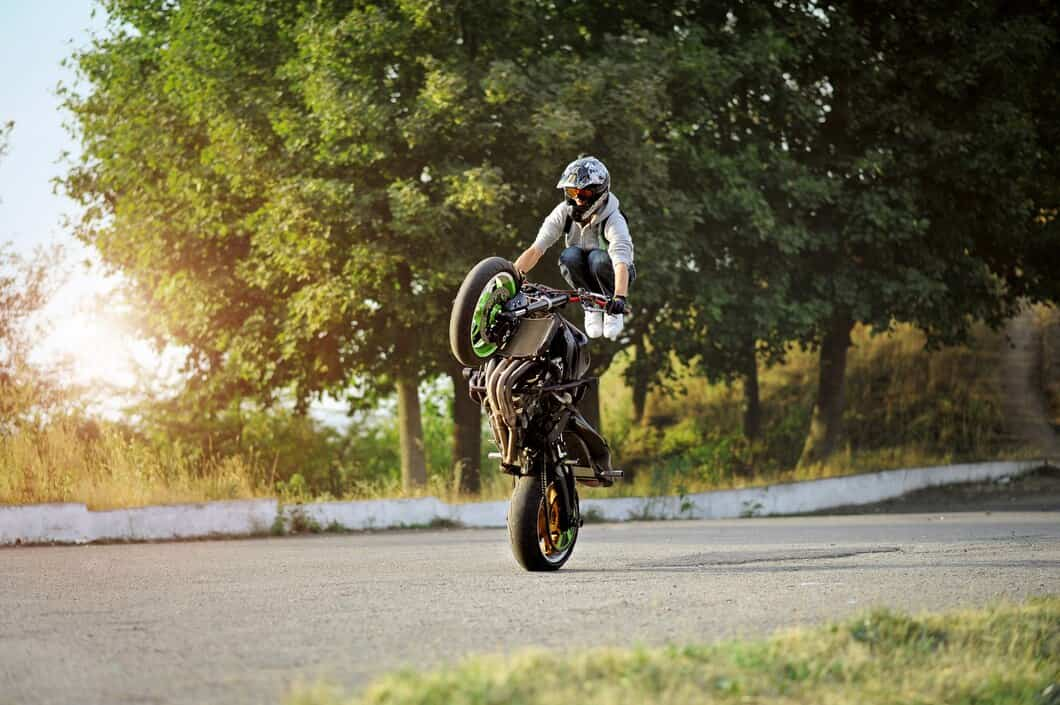
Electric bikes have become increasingly popular in recent years as a more sustainable and affordable mode of transportation. While e-bikes offer many advantages over traditional bicycles, some people wonder if they are harder to pedal than non-electric bikes.
The answer to this question depends on several factors, including the type of electric bike, the level of assistance provided by the motor, and the rider's fitness level.
In general, e-bikes are not much harder to pedal than regular bikes, even without the motor engaged. This is because e-bikes typically have a lower gear ratio than regular bikes, which makes it easier to accelerate. Additionally, most e-bikes have a torque sensor that measures the amount of force the rider is applying to the pedals and adjusts the amount of assistance provided by the motor accordingly.
However, there are some situations in which e-bikes can be more difficult to pedal than regular bikes. For example, if the rider is on a steep hill or if the motor is not providing enough assistance, the rider may have to exert more effort to pedal the bike.
Optimal Cadence
Maintaining an optimal cadence is crucial for efficient pedaling on an electric bike. Cadence refers to the rate at which you rotate the pedals, measured in revolutions per minute (RPM). Finding your optimal cadence will minimize fatigue, maximize power output, and improve your overall riding experience.
A cadence of around 80-100 RPM is generally considered optimal for most riders. This range allows you to generate sufficient power without putting undue strain on your muscles.
To find your optimal cadence, start by riding at a comfortable pace on flat terrain. Pay attention to your breathing and muscle fatigue. If you're breathing too heavily or your legs are feeling strained, increase your cadence slightly.
Conversely, if you're not breaking a sweat or your legs feel too relaxed, decrease your cadence. Adjust your cadence until you find a rhythm that feels effortless and sustainable over longer distances.
Proper Gear Selection
Selecting the appropriate gear is essential when riding an electric bike. Using a lower gear makes pedaling easier, which is useful when climbing hills or riding against strong winds. Conversely, using a higher gear allows for faster speeds on flat terrain. Electric bikes typically have multiple gears, so it's important to learn how to use them effectively to maximize your riding experience.
The optimal gear selection depends on several factors, such as the terrain you're riding on, the speed you want to maintain, and the amount of assistance you're receiving from the electric motor. It's generally advisable to start in a lower gear and shift up as you gain speed or encounter easier terrain. This helps reduce strain on your legs and makes pedaling more efficient.
Experimenting with different gears will help you find what works best for you. Don't be afraid to shift gears frequently to optimize your ride. Proper gear selection can significantly improve your electric bike riding experience, making it more enjoyable and efficient.
Battery Level
The battery level of an electric bike is a crucial factor that determines how far you can travel on a single charge. Most electric bikes have a range of 20 to 50 miles, depending on the battery size and the level of assistance you use. It's essential to keep an eye on your battery level while riding, especially if you're planning on going on a long trip. If your battery starts to get low, you can reduce the level of assistance you're using or switch to a lower gear to conserve power.
The battery level of an electric bike is displayed on a small screen on the handlebars. The screen will typically show the percentage of battery remaining, as well as the estimated range. Some models also have a built-in GPS that can show you your location and help you plan your route. If you're not sure how to read the battery level, consult your bike's user manual.
Wind Resistance
Wind resistance is a major factor that affects how hard it is to pedal an electric bike. The faster you ride, the more wind resistance you will encounter. This is because wind resistance increases exponentially with speed. At low speeds, wind resistance is relatively low and you won't notice it much. However, as you start to ride faster, wind resistance will become more and more noticeable. This is especially true if you are riding into a headwind.
There are a few things you can do to reduce wind resistance. One is to ride in a more aerodynamic position. This means tucking your head down and keeping your back straight. You can also wear clothing that is designed to reduce wind resistance. Another option is to use a fairing or windscreen. These devices can help to deflect the wind and reduce the amount of drag you experience.
Wind resistance is an important factor to consider when riding an electric bike. By understanding how wind resistance works, you can take steps to reduce it and make your ride more enjoyable.
If you are struggling to pedal your electric bike, it is important to consider wind resistance as a possible factor. By taking steps to reduce wind resistance, you can make your ride easier and more enjoyable.
Tire Pressure
Regardless of whether you pedal or not, your e-bike’s tires should have the correct pressure. Tire pressure can significantly affect how easily you can pedal your e-bike and how much range you get on a charge. It can also affect the handling and safety of your e-bike.
The correct tire pressure for your e-bike depends on a number of factors, including the weight of the bike and rider, the width of the tires, and the type of riding you do. You can usually find the recommended tire pressure for your e-bike in the owner’s manual or on the sidewall of the tires.
If you’re not sure how to check or adjust the tire pressure on your e-bike, you can take it to a bike shop and have them do it for you. They can also help you choose the right tires for your e-bike and riding style.
Frequently Asked Questions
Does pedaling an electric bike require a lot of effort?
No, electric bikes are designed to assist you while pedaling, making it easier to ride even on hills or against the wind.
Can you pedal an electric bike without the motor?
Yes, electric bikes can be pedaled without the motor, but it will require more effort, especially on hills.
Can electric bikes go uphill easily?
Yes, electric bikes provide assistance while pedaling, making it easier to climb hills with less effort.
Are electric bikes good for exercise?
Yes, electric bikes can be a great way to get exercise, as they still require pedaling and can provide a good workout.
Conclusion
In conclusion, the ease of pedaling an electric bike depends on several factors such as the level of pedal assist, the weight of the bike, and the terrain being ridden on. Electric bikes offer a range of pedal assist levels, allowing riders to choose the amount of effort they want to put in. Additionally, the weight of the bike can impact pedaling effort, with heavier bikes requiring more force to propel. Lastly, the terrain plays a significant role, with hills and off-road conditions requiring more effort than flat, paved roads.
Overall, electric bikes provide a convenient and enjoyable way to get around. They offer the benefits of a traditional bicycle, such as exercise and fresh air, while also providing assistance when needed. Whether you're a casual rider or an avid cyclist, an electric bike can enhance your cycling experience.
Recommendation
Are electric bikes hard to pedal?
Electric bikes are becoming increasingly popular as a way to get around town or commute to work. One of the biggest concerns that people have about electric bikes is whether or not they are hard to pe...
How fast will a 1000W ebike kit go?
An ebike kit is a great way to upgrade your bike and get some extra power. But how fast can a 1000W ebike kit go? The answer depends on a number of factors, including the type of motor, the size of th...
What to avoid when buying a bike?
If you're planning to buy a bike, there are a few things you should avoid. First, don't buy a bike that's too big or too small for you. A bike that's the wrong size will be uncomfortable to ride and c...
Is a 20-minute Bike Ride a Lot?
Cycling for 20 minutes can be a great way to get some exercise and fresh air. However, whether or not it is a lot depends on a number of factors, such as your fitness level, the intensity of your ride...
Is 72 too old to ride a bike?
This research paper delves into the question of whether the age of 72 is a limiting factor for engaging in cycling activities. The study analyzes various aspects related to the physical and cognitive...
